On the other side of the Pearl River Delta lies a place that tells remarkable stories about American-Chinese immigration, dreams of trade and entrepreneurship and the desire to be accepted. It is just a short trip away from Hong Kong and will leave you plenty of opportunities to enjoy your calm green short trip that you so much deserve.
The Guangdong province has for a long time been a great source of Chinese emigration to the USA. While there were only 25,000 ethnic Chinese in California in 1852, the number had risen to 300,000 by 1880, about one tenth of the Californian population. One reason for this increase was the Burlingame Treaty of 1868, which formalized relations between Imperial China and the United States and made it far easier to emigrate for Chinese. However, white Anglo-Saxon America quickly became uncomfortable with this large influx and widely repealed the Burlingame Treaty with the Chinese Exclusion Act of 1882. There was one earlier attempt to slow down Chinese immigration, the Page Act of 1875. It forbid entry to Chinese forced laborers and women who would engage in prostitution. That had very little effect on male immigration, but for women it was impossible to prove that they would not engage in prostitution.
Maybe you can imagine what it is like to not be accepted by a society because you are visibly different, but the constant racism, massacres and murders must have quite worn down the Chinese people of the United States. People like Sun Yat-Sen fueled hopes of one day returning to a democratic China. The Cantonese scholar had lived repeatedly in the United States and may have even had US citizenship.
When the Emperor was overthrown and the Republic of China established in 1912 and the country more open than ever many overseas Chinese saw this as their opportunity to move back home, where they would not only be accepted by society, but also maybe find a wife (there were far more male Chinese in the USA than female, remember the ‘Page Act’?). What seemed to come to their advantage was that they still spoke the language, but were also fluent in English, well educated and had a large number of business contacts overseas, which made them appear predestined to establish trade outposts.
Kaiping seemed like the perfect location even for people who did not have their roots there, as it was far enough into the country to be sheltered from Taiphoons, but connected well enough to the Pearl River Delta to harbor ships. However, the Cantonese countryside proved to be a harsh environment for the settlers, though hygiene and safety standards probably weren’t that high in California of the 1910s either.
The newly-arrived Chinese built so called 碉樓 Diaolous, large concrete towers, with western-style sanitation, steel window covers and stone roofs to protect the communities and their belongings in case of a bandit attack. Often, many families would combine their resources to built such a tower and only take refuge in them when necessary, while ordinarily living in normal houses.
The buildings strangely combine Chinese architecture with Victorian and Wild-Western elements and now lie mostly empty and deserted all around the Kaiping area. There are about 1800 of these towers, and it can be quite worth it to get a van with a driver and have yourself driven randomly around the scenery, since many are as beautiful as the few advertised to tourism. Worth visiting is also the city of 赤坎 Chikan, which served as a trade center and harbor.
Buses leave frequently from the 羅湖Lo Wu bus station in 深圳 Shenzhen, just behind the Hong Kong border. They cost about 100 yuen (120 hkd) and take about 3h, though that time can drastically differ depending on the traffic situation.
CKS runs a ferry service between Hong Kong and 中山 Zhongshan for 201 HK$, from where you can take their shuttle bus to Kaiping. The bus company Trans-Island China Link probably has the best offer, 260 HK$ for a round trip ticket. My tip is to go on a Friday or Saturday afternoon, stroll around Chikan in the evening and visit ‘The amorous feelings exhibition of the old town, chikan’. What sounds like a cheezy compilation of pictures of naked ladies is actually a at times chaotic and random, but yet interesting compilation of things the settlers left behind when they returned to the United States after their dreams were shattered by the start of the Chinese Civil War.
The next day take a van and have yourself driven around the country side (maybe 300 RMB for a day). You can opt-in to see the sites prepared for tourists, but just driving around is fun enough. The last bus back to Hong Kong will bring you back in time for dinner, if you want to stay longer you can go back via Shenzhen.

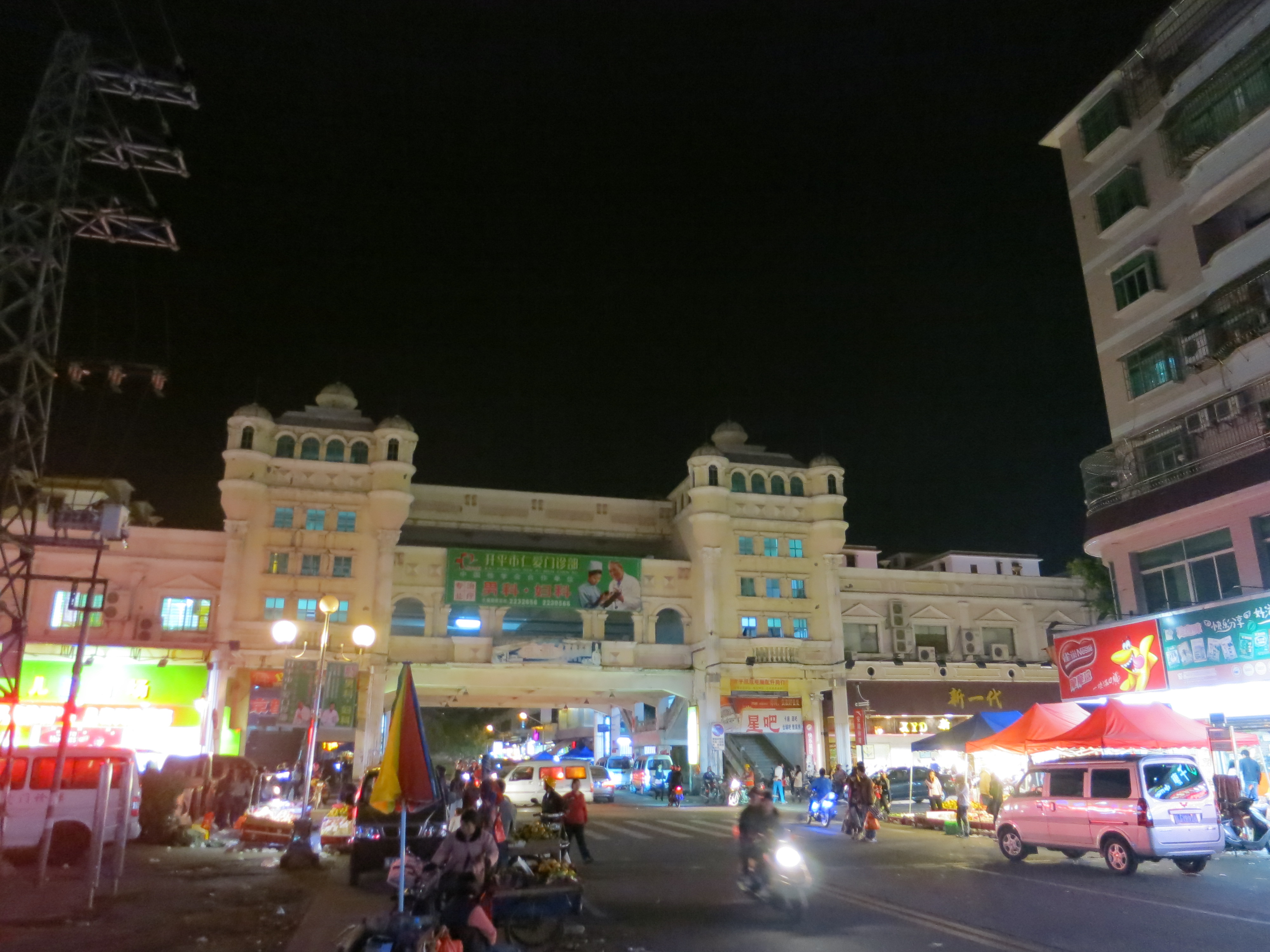
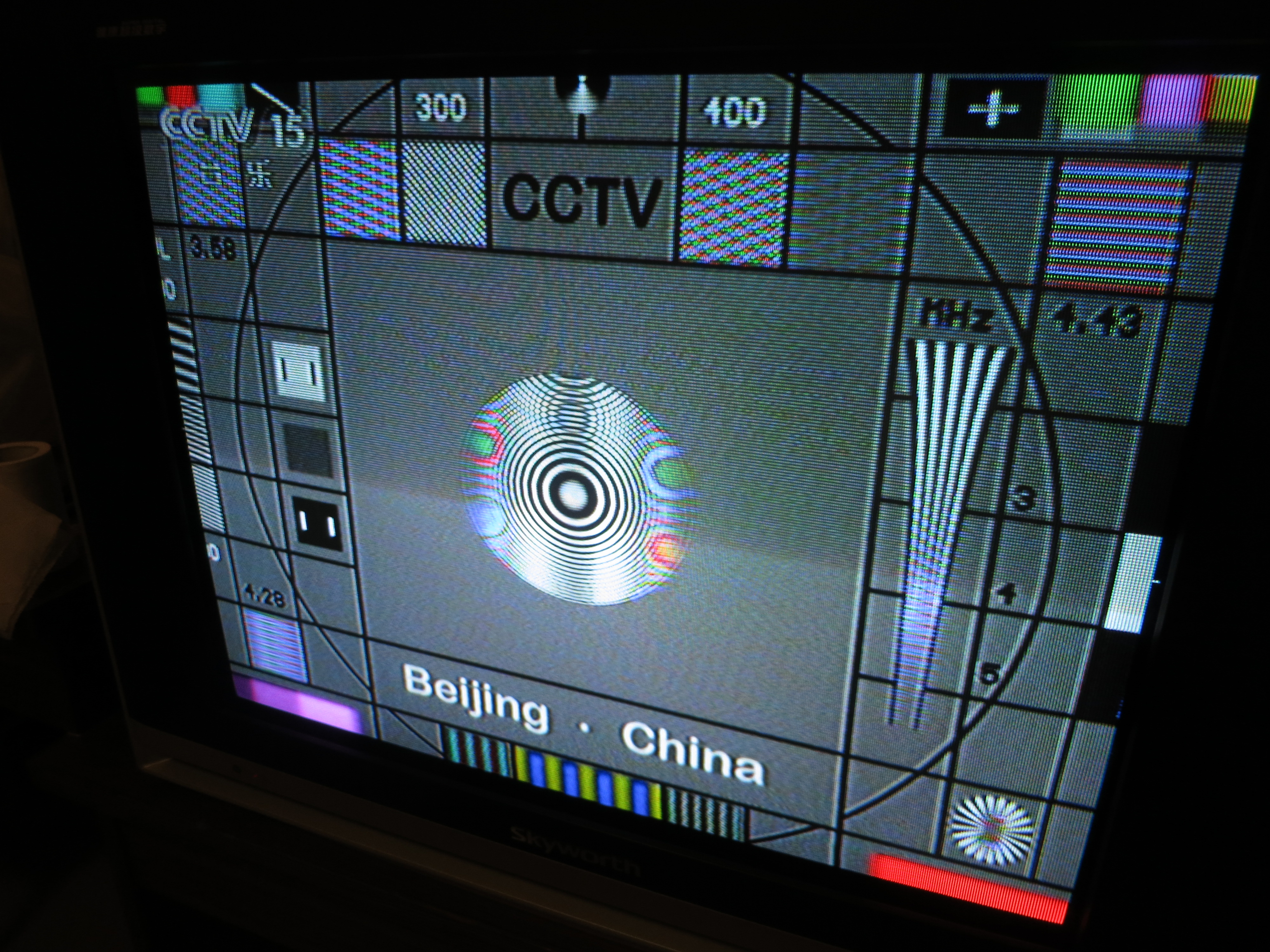
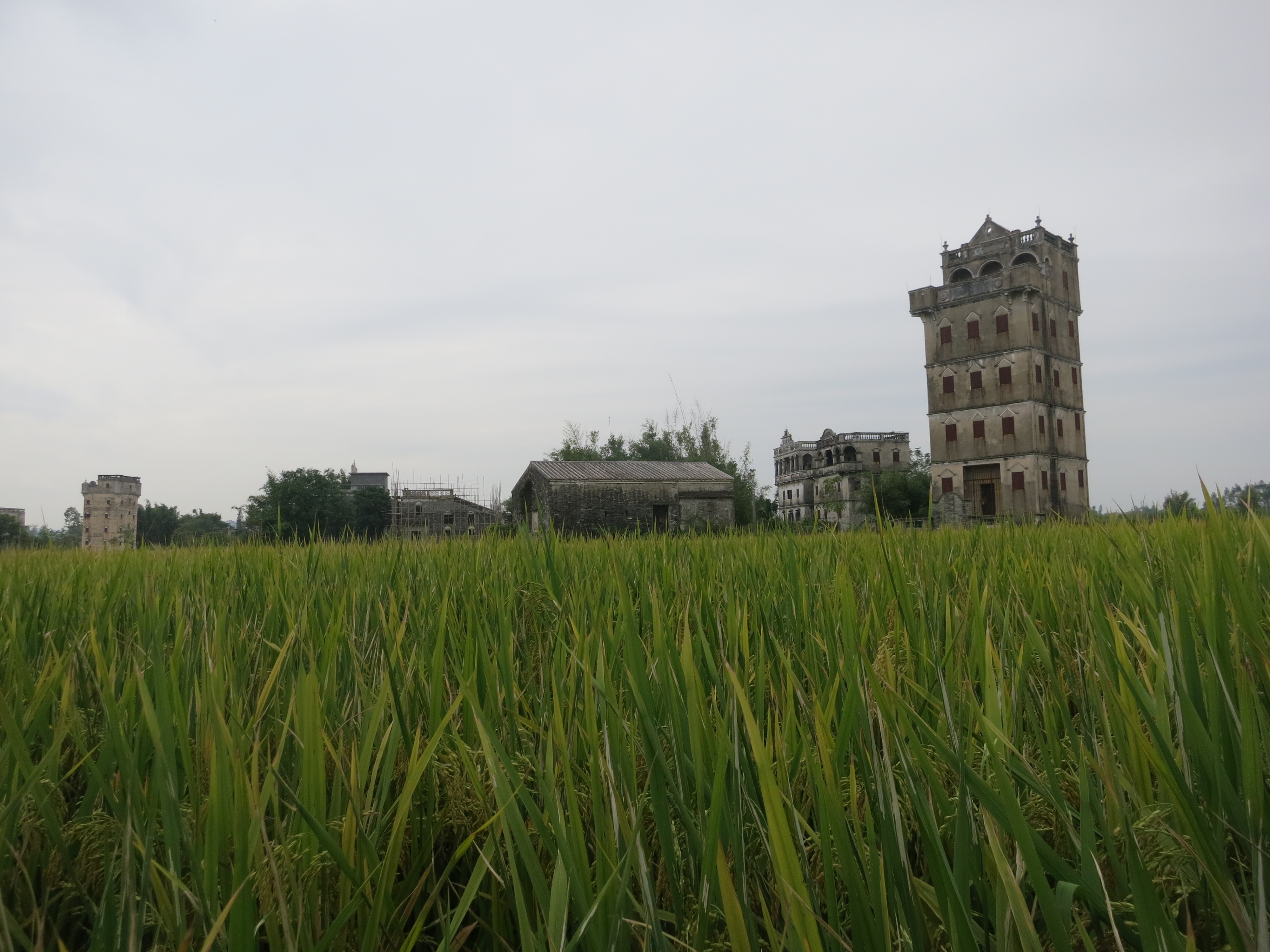
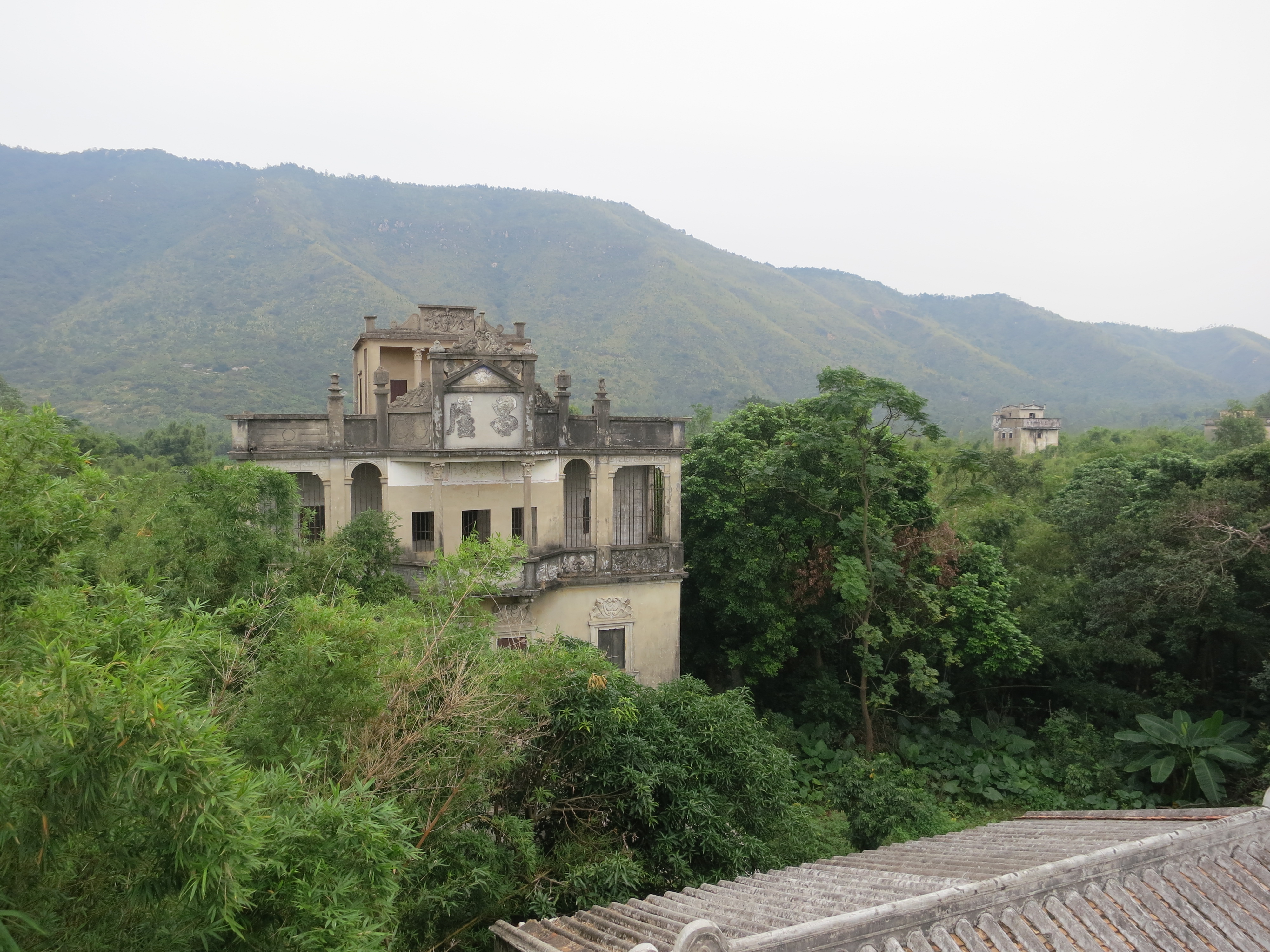
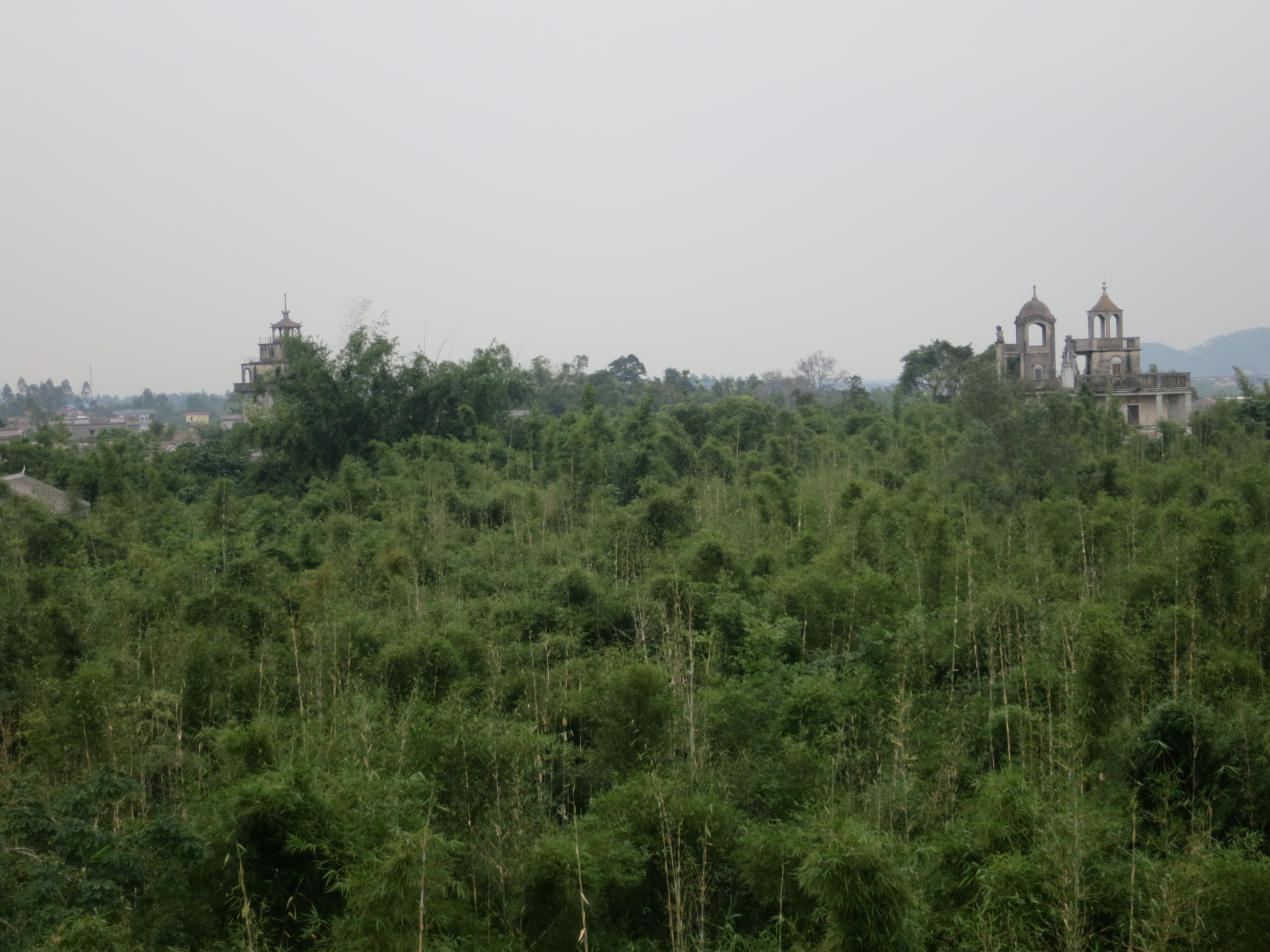
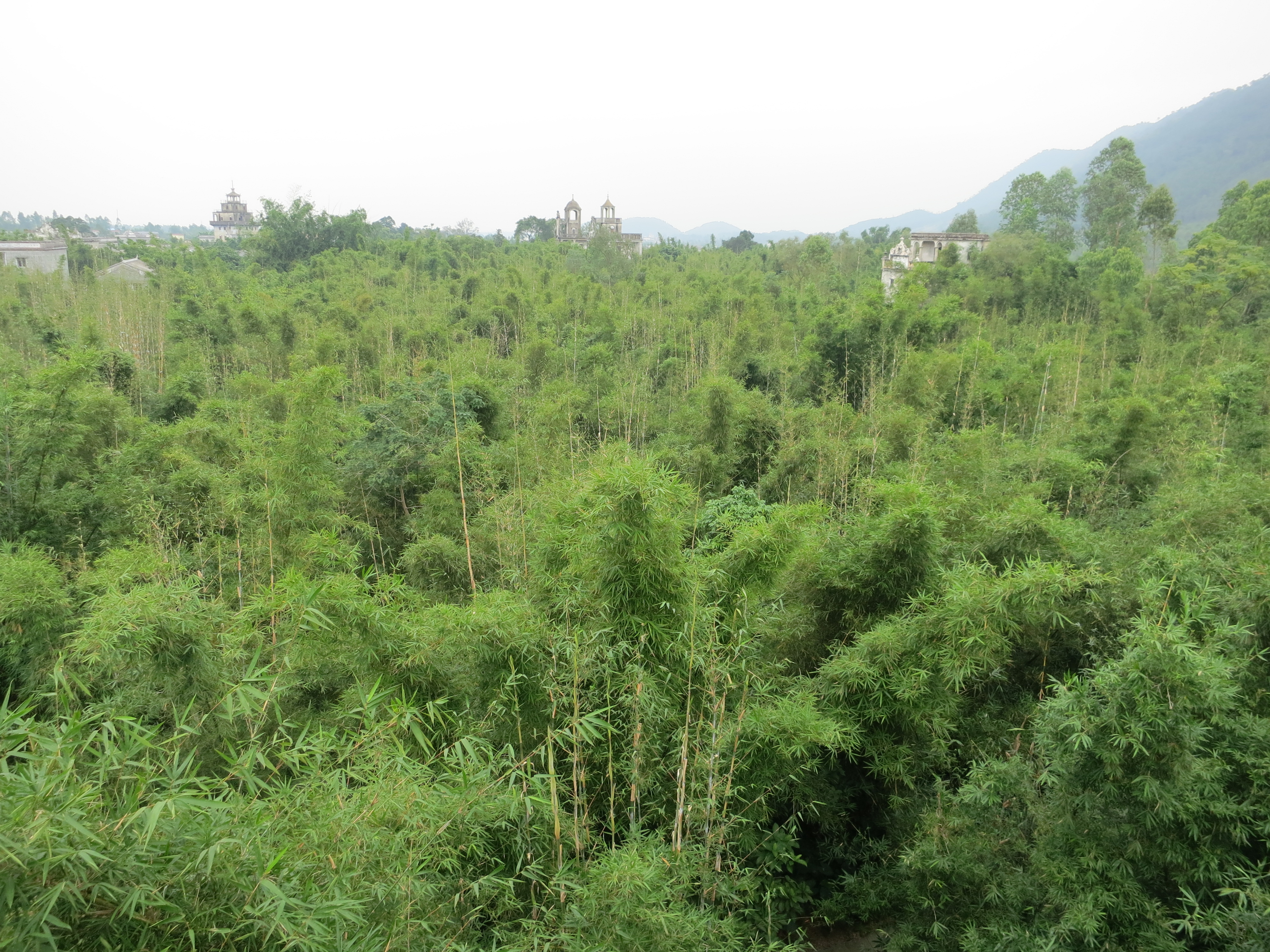
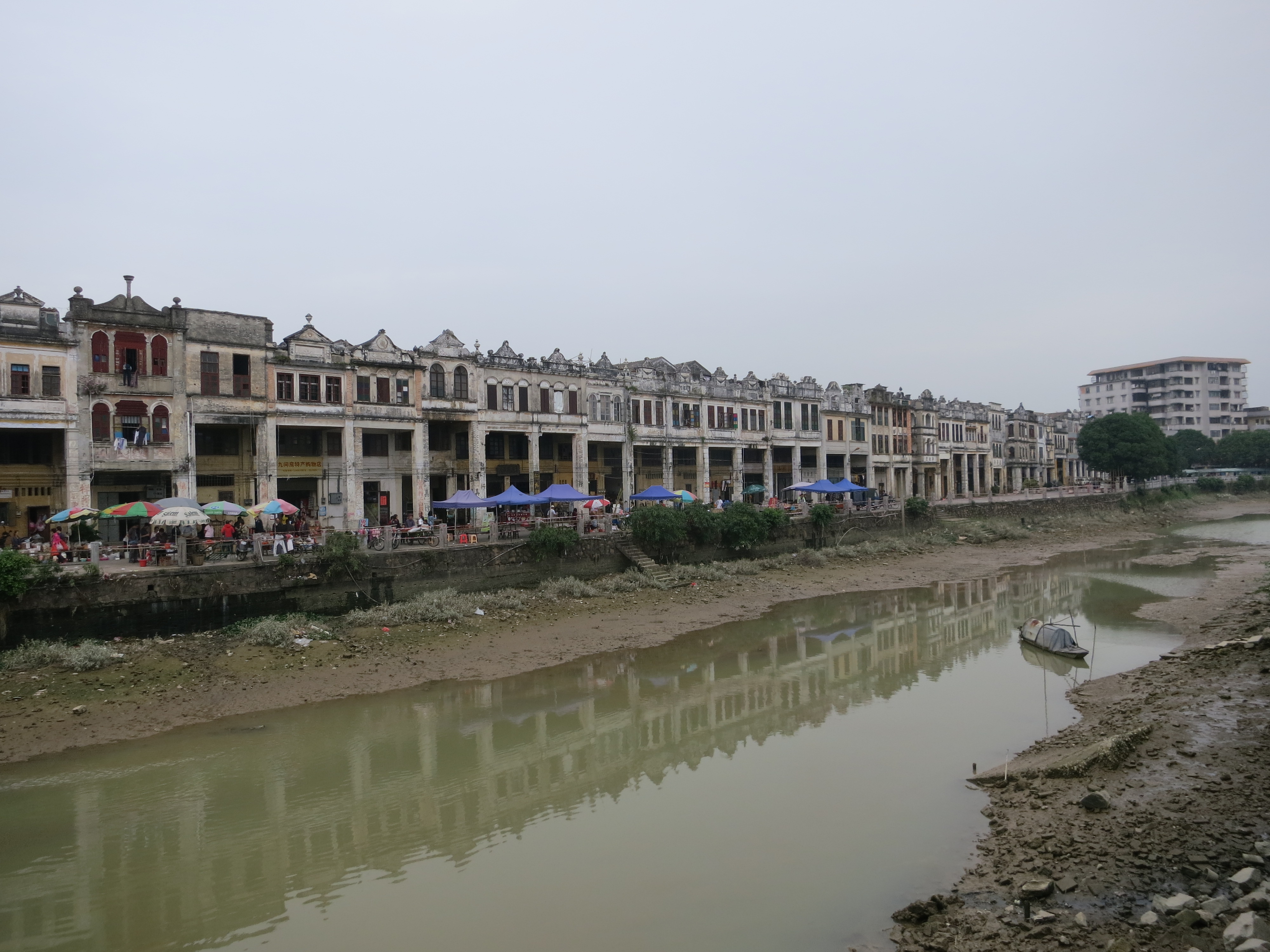
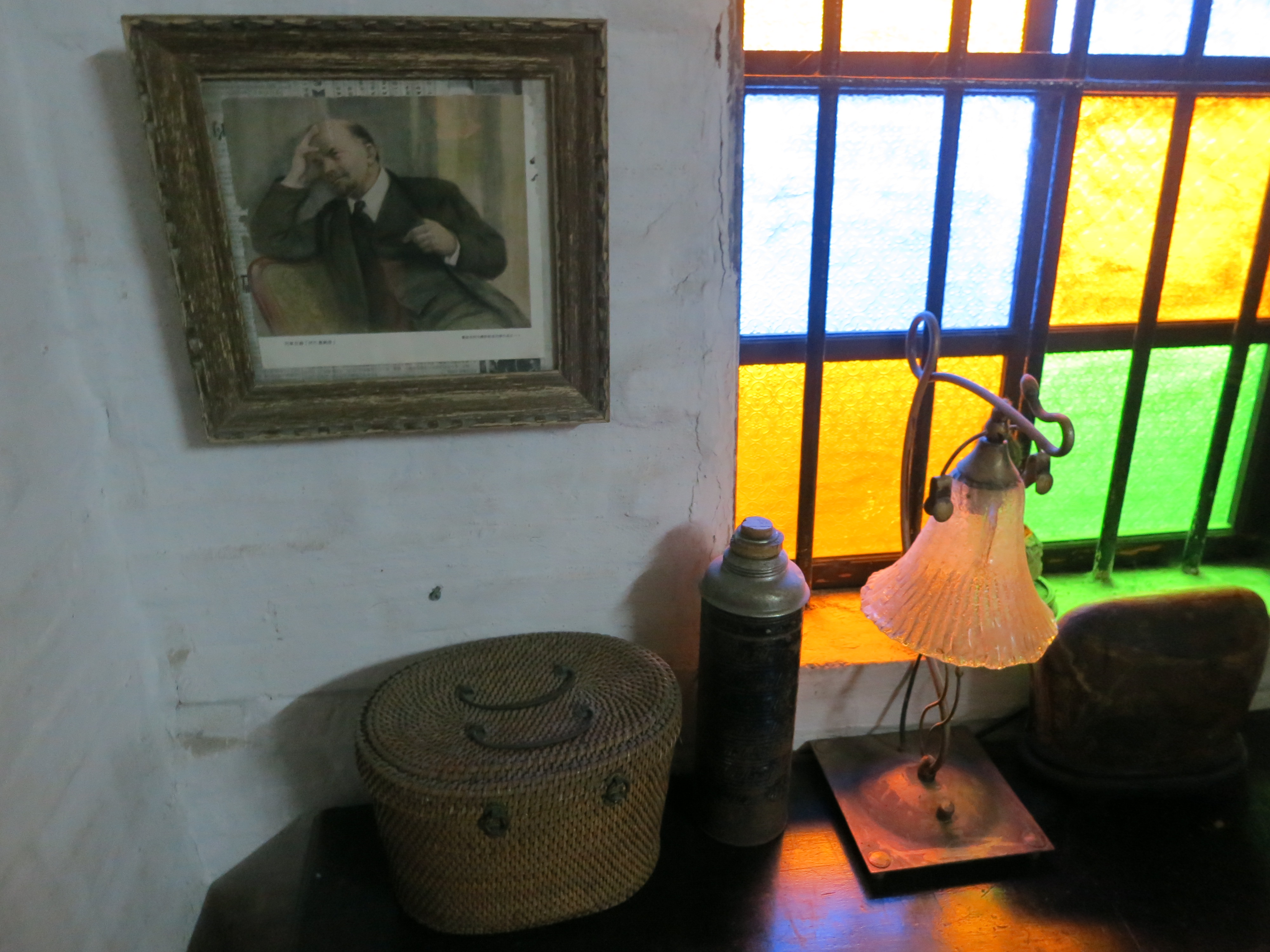
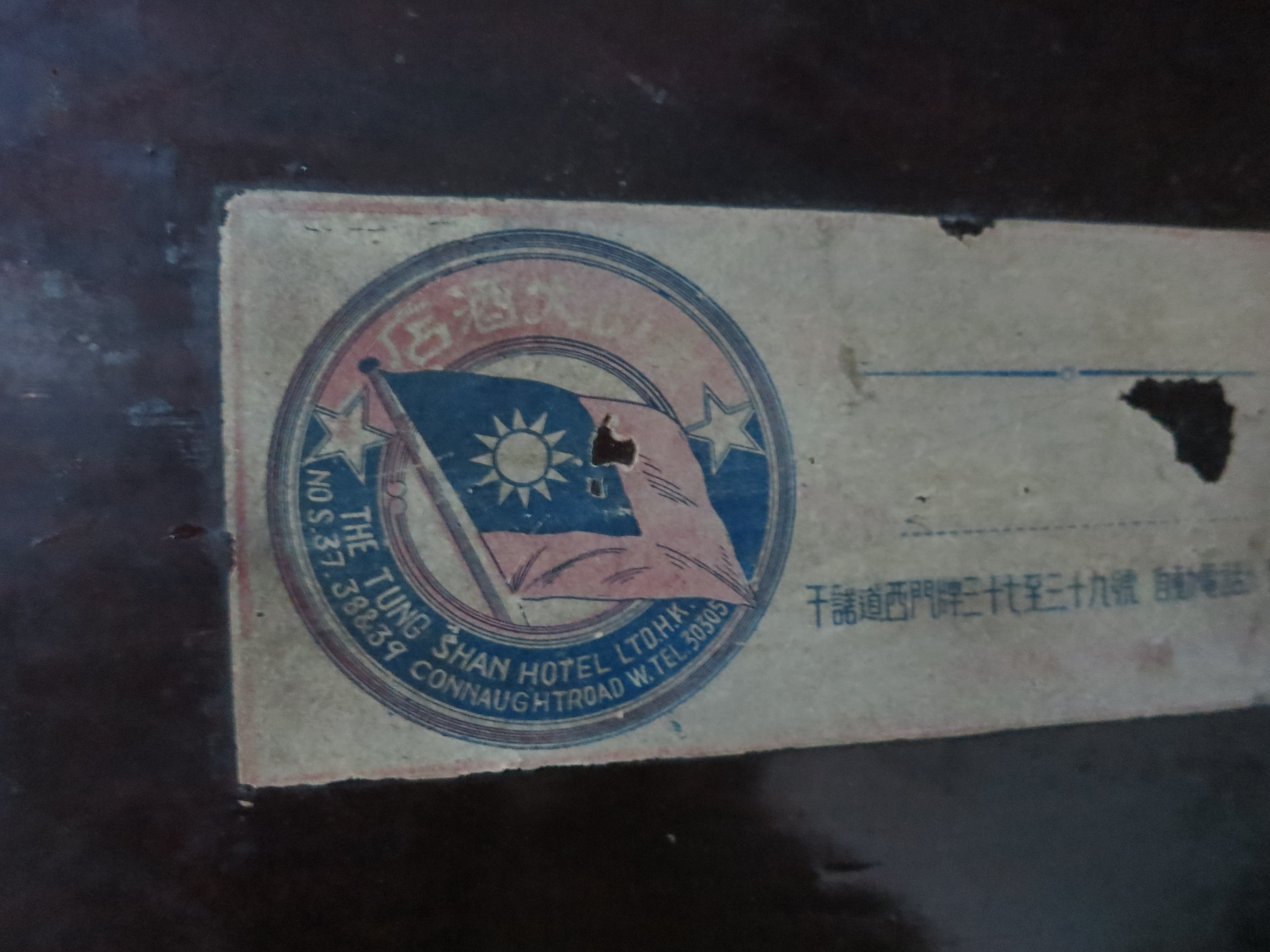
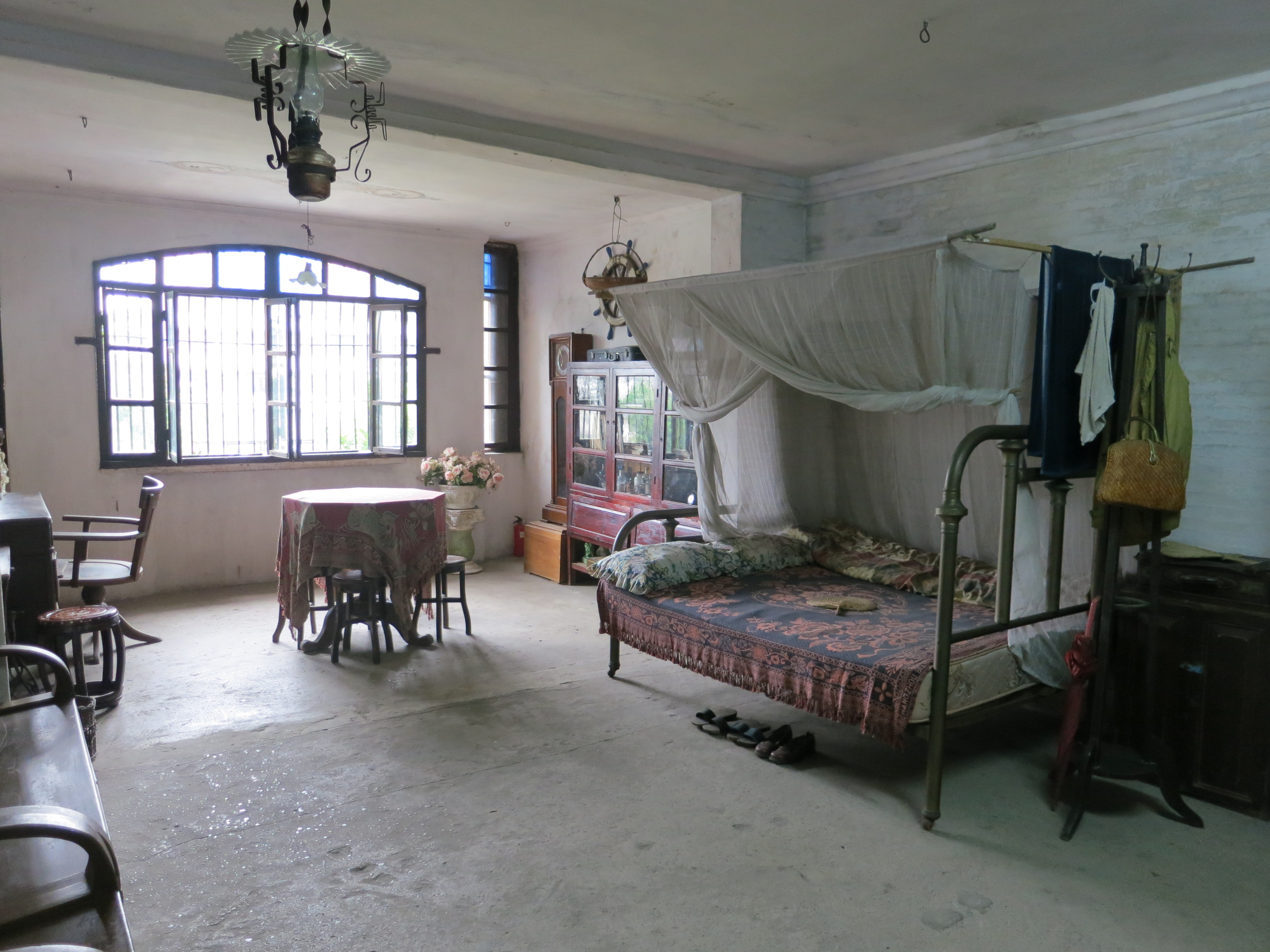
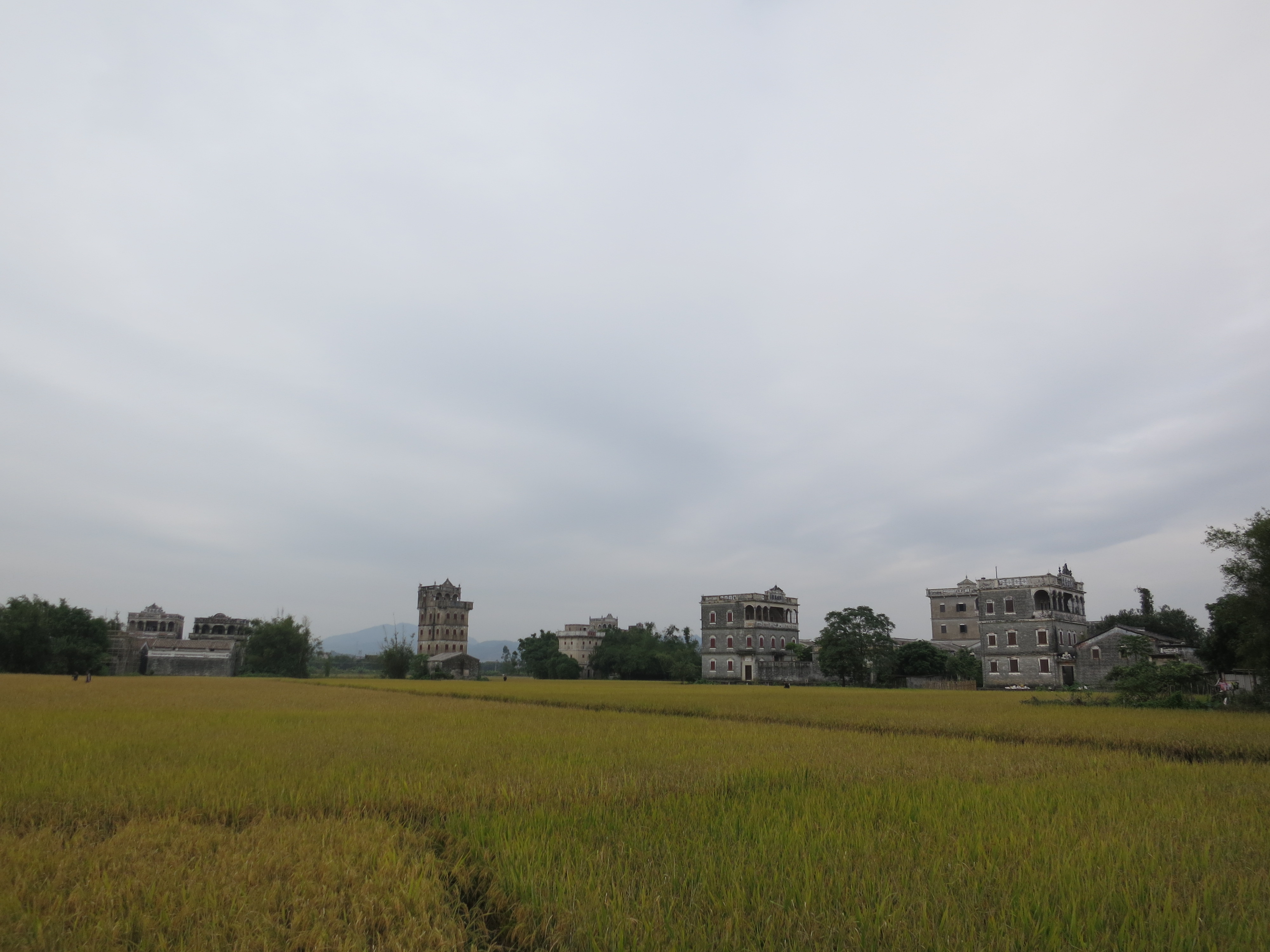
Was the “typical room” photo taken in one of those Diaolou?
The ‘typical room’ was inside one of these buildings in Chikan. But they look almost the same in the DIaolous.